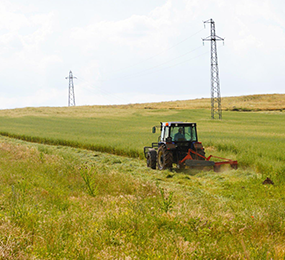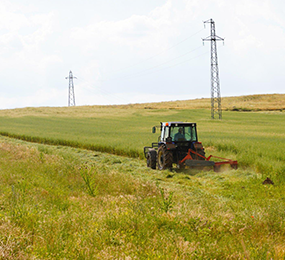Electrification in Non-Road Mobile Machinery (NRMM) is transforming industries such as construction, mining, agriculture, and material handling. Transitioning from traditional internal combustion engines to electric power not only supports environmental goals but also enhances operational efficiency. The benefits of electrifying NRMM go beyond emissions reduction, offering significant improvements in productivity, cost savings, and machine performance.
Lower Operational Costs:
One of the primary advantages of electrification is the reduction in operational costs. Electric NRMM requires less fuel than diesel-powered machinery, and electricity is typically cheaper than fossil fuels. Additionally, electric drivetrains have fewer moving parts, reducing maintenance expenses associated with oil changes, filters, and engine repairs. With lower maintenance needs and energy costs, electrified machinery can substantially cut down operational expenses, benefiting industries with large machinery fleets.
Improved Equipment Lifespan and Reliability:
Electric drivetrains are more reliable than internal combustion engines due to their simplicity and reduced mechanical wear. Fewer moving parts mean that electric NRMM is less prone to breakdowns and malfunctions, leading to improved machinery uptime and extended equipment lifespan. By reducing downtime, industries can maintain consistent operations, leading to higher productivity and lower replacement costs. Increased reliability is especially valuable in industries where uninterrupted operation is critical.
Enhanced Productivity and Performance:
Electric NRMM offers enhanced performance, including instant torque and smoother acceleration, which allows machinery to operate with greater precision and control. This is particularly advantageous for tasks requiring delicate or repetitive movements, such as material handling or grading. Additionally, electric machines operate more quietly, which enables work in noise-sensitive environments and extended operation hours, further enhancing productivity.
Increased Energy Efficiency:
Electric powertrains are more energy-efficient than combustion engines. Electric NRMM converts a higher percentage of energy into useful work, resulting in less wasted energy. This efficiency not only reduces operating costs but also aligns with sustainability goals by conserving energy resources.
Regenerative Capabilities and Energy Recovery:
Electric machinery often incorporates regenerative braking, which captures and stores energy that would otherwise be lost during braking or deceleration. This recovered energy can be reused to power other functions, reducing overall energy consumption and further boosting operational efficiency. Regenerative capabilities are particularly beneficial in heavy-duty applications where frequent stops and starts are common.
Conclusion:
Electrification of NRMM presents a powerful solution for industries aiming to improve operational efficiency and reduce environmental impact. With benefits such as lower operational costs, enhanced reliability, and increased productivity, electric machinery is not only a sustainable choice but also a smart economic decision. As technology continues to evolve, more industries will likely embrace electrification, reaping substantial efficiency gains and supporting long-term sustainability goals.
For more details and registration information, visit https://www.leadventgrp.com/events/2nd-annual-non-road-mobile-machinery-electrification-and-decarbonization-forum/details.
For more information and group participation, contact us: [email protected]
















